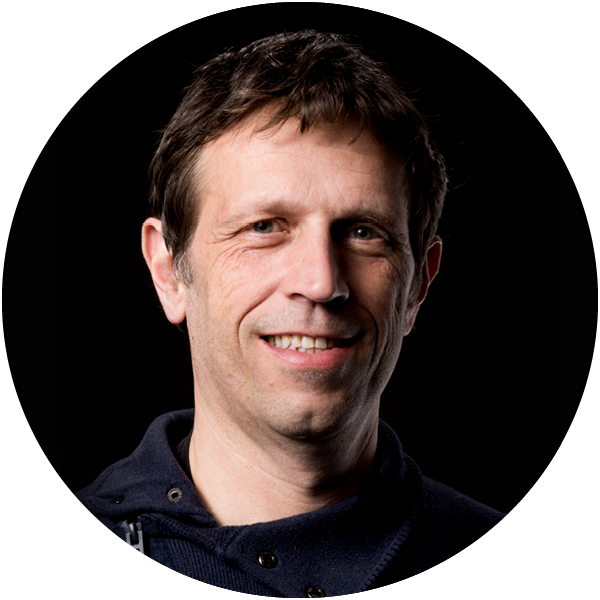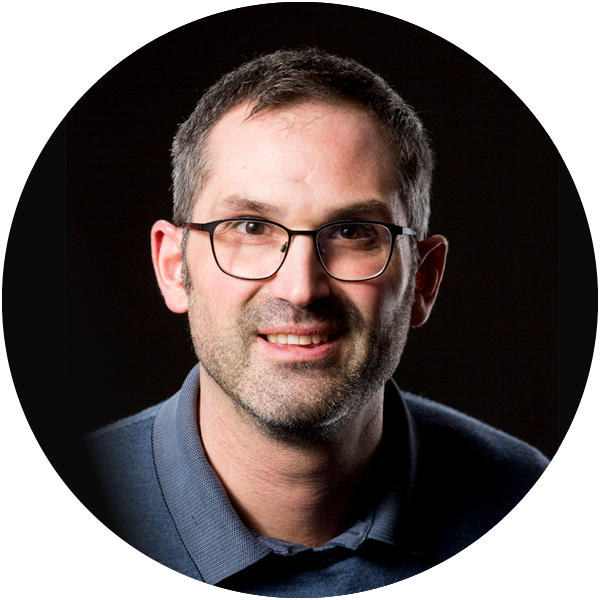
Project A07:
Processing of organic compounds in ice particles during deep convective transport into the UTLS
Brief Summary
One of the most important and yet unresolved issues in cloud chemistry and global models is how the ice phase in tropical deep convective clouds and in extratropical warm conveyor belts (WCB) contributes to the redistribution of atmospheric trace substances from the boundary layer to the UTLS. The understanding and proper representation of the underlying microphysical and transport processes are especially important in terms of the formation and
the atmospheric life cycle of secondary organic aerosol (SOA) particles. In this CRC subproject we will conduct laboratory measurements under simulated tropospheric conditions, i.e. at temperatures spanning a range from the melting level 0 °C up to those prevailing in the upper troposphere (−60 °C). These will help to understand the processing pathway of chemical compounds and focus on scavenging mechanisms relevant in the upper troposphere involving the ice phase. The main research question we address within this subproject is: How do the formation and growth processes of atmospheric ice particles in convective clouds and WCB influence the abundance of organic compounds in the UTLS region? We aim to tackle this issue by determining the partitioning of organic trace
substances such as SOA precursors during atmospheric freezing processes by the following set of investigations:
- Determination of the retention coefficients of SOA precursor gases and their mixtures during liquid-to-ice phase changes.
- Derivation of ice partitioning coefficients during the co-condensation of SOA precursor gases and water vapor.
- Implementation of new parameterizations based on experimental findings in a drop freezing model and investigation of the effect of liquid-ice boundary partitioning during freezing on the mass transfer of SOA precursors.
To reach the goals of this subproject we will design and conduct extensive laboratory studies utilizing the full capabilities of the Mainz vertical wind tunnel laboratory. The world-wide unique vertical wind tunnel facility of the Johannes Gutenberg University in Mainz allows the free suspension of single ice particles in a vertical airstream. In the walk-in cold room (WCR) of the Mainz wind tunnel laboratory, an acoustic levitator is installed. Based on an earlier setup developed in our laboratory, we will construct a new diffusion chamber to grow ice crystals by water vapor deposition. A one-dimensional model that simulates drop freezing and solute transport during liquid-to-ice phase changes will be further developed with new parameterizations derived from our experimental results. Collaborations within the CRC are planned with subprojects A03 and A05. Retention and partitioning coefficients of SOA precursor gases determined in our experiments will be implemented in the cloud resolving model employed in A03. Results from the aircraft campaign in A03 would help us to adapt our experimental proceedings. Together with A05 the synthesis and analysis of the complex chemical compounds used in our experiments will be performed.
Members

PD Dr. Miklós Szakáll
Principal Investigator
Johannes Gutenberg-Universität Mainz, Institut für Physik der Atmosphäre
szakall[at]uni-mainz.de

Dr. Alexander Theis
Principal Investigator
Max-Planck-Institut für Chemie, Abteilung Partikelchemie
ajost[at]uni-mainz.de

Martanda Gautam
Doctoral Candidate
Johannes Gutenberg-Universität Mainz, Institut für Physik der Atmosphäre
mgautam[at]uni-mainz.de

Former Member:
Jackson Seymore
Doctoral Candidate
Johannes Gutenberg-Universität Mainz, Institut für Physik der Atmosphäre
Publications
Gautam, M., A. Theis, J. Seymore, M. Hey, S. Borrmann, K. Diehl, S. K. Mitra, and M. Szakáll (2025): Retention during freezing of raindrops – Part 1: Investigation of single and binary mixtures of nitric, formic, and acetic acids and 2-nitrophenol. Atmospheric Chemistry and Physics 25 (19), 11813–11828. doi: 10.5194/acp-25-11813-2025.
Seymore, J., M. Gautam, M. Szakáll, A. Theis, T. Hoffmann, J. Ma, L. Zhou, and A. L. Vogel (2025a): Retention during freezing of raindrops – Part 2: Investigation of ambient organics from Beijing urban aerosol samples. Atmospheric Chemistry and Physics 25 (19), 11829–11845. doi: 10.5194/acp-25-11829-2025.
Seymore, J., M. Szakáll, A. Theis, S. K. Mitra, C. Borchers, and T. Hoffmann (2025b): Gas-Ice Partitioning Coefficients of Carbonyls during Diffusional Ice Crystal Growth. EGUsphere 2025, [Preprint], 1–29. doi: 10.5194/egusphere-2025-1425.
Borchers, C., J. Seymore, M. Gautam, K. Dörholt, Y. Müller, A. Arndt, L. Gömmer, F. Ungeheuer, M. Szakáll, S. Borrmann, A. Theis, A. L. Vogel, and T. Hoffmann (2024): Retention of α-pinene oxidation products and nitro-aromatic compounds during riming. Atmospheric Chemistry and Physics 24 (24), 13961–13974. doi: 10.5194/acp-24-13961-2024.
